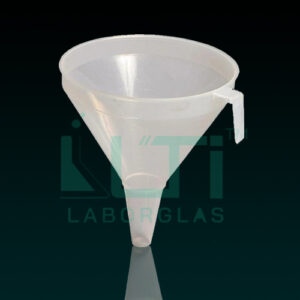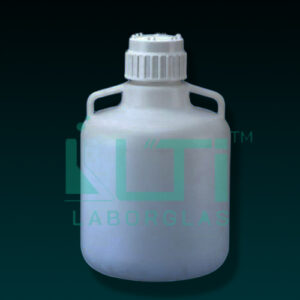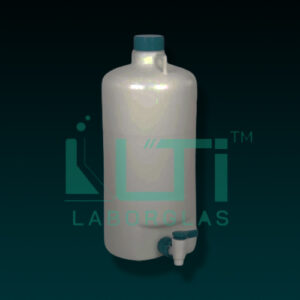- These connectors add to the existing range of connectors.
- The crest & valley structure provided at all the ends of the connectors give excellent leak proof grip to the tube.
- Material: Polypropylene
| Part no. | Size (mm) | Type | Pack Qty. |
| 9150-6-T | 6 | T-Connector | 36 |
| 9150-6-Y | 6 | Y-Connector | 36 |
| 9150-8-T | 8 | T-Connector | 36 |
| 9150-8-Y | 8 | Y-Connector | 36 |
| 9150-10-T | 10 | T-Connector | 36 |
| 9150-10-Y | 10 | Y-Connector | 36 |
Here’s a brief overview of their uses:
- Tube Connection:
- T Connectors: These connectors have three ports arranged in a T-shape. They are used to connect three tubes or hoses at a junction point. This can be useful in setting up complex fluid systems or experimental setups.
- Y Connectors: These connectors have two arms diverging from a central point, resembling the letter Y. They are used to split a single tube into two branches or to merge two tubes into a single one.
- Fluid Transfer:
- T and Y connectors are crucial for directing and controlling the flow of liquids or gases within a laboratory setup. They allow for the efficient transfer of fluids between different containers or experimental apparatus.
- Experimental Setups:
- In laboratory experiments, especially those involving chemical reactions or fluid dynamics, T and Y connectors are employed to design and customize the flow paths. This helps researchers create specific conditions for their experiments.
- Fraction Collection:
- T and Y connectors can be used in chromatography setups or other separation techniques where fractions need to be collected. The connectors facilitate the diversion of different fractions into separate containers.
- Versatile Configurations:
- These connectors provide flexibility in designing experimental setups, allowing researchers to create various configurations for different purposes.
- Material Compatibility:
- Polypropylene is chosen for these connectors due to its chemical resistance, making it suitable for use with a wide range of laboratory reagents and solvents.





